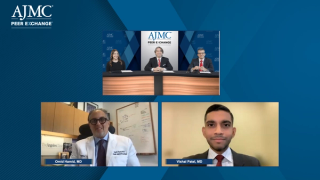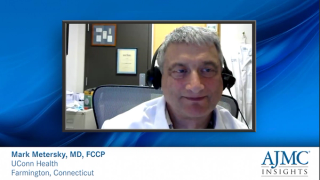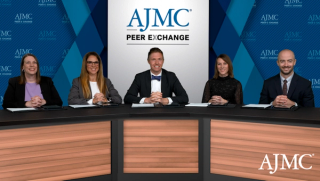
Clinical
Latest News
Latest Videos

CME Content
More News
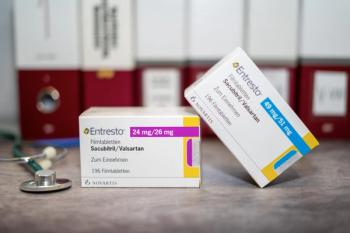
The improvement in quality of life (QOL) seen with use of sacubitril/valsartan for heart failure with preserved ejection fraction (HFpEF) could potentially result in more favorable clinical results.

Results from a retrospective, matched cohort study suggested that valvular heart disease and aortic stenosis may contribute to disparities in cardiovascular disease–related mortality in patients with rheumatoid arthritis (RA).

Erin Gillaspie, MD, MPH, FACS, a faculty member of Vanderbilt University Medical Center’s (VUMC's) department of thoracic surgery, discussed trials that helped lung cancer surgeries evolve.
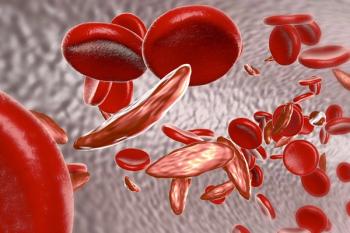
Biases in care for young adults with sickle cell disease could lead to lower quality of care for these patients.

The study indicated the potential of preventative drug lists (PDLs) as a strategy for those who have high deductible health plans to address both patient access and affordability of asthma care.

The location of integration of a gene therapy has been crucial for the safety and efficacy of the treatment to cure infants with X-linked severe combined immunodeficiency.

Financial and geographic disparities contributing to elevated risk for heart disease are explored.

Robert Groves, MD, leads a panel discussion surrounding risk factors related to heart disease.

Researchers identified distinct patterns of epigenetic dysregulation in myeloproliferative neoplasms.

Researchers used real-world data to further validate the use of selexipag in the management of pulmonary arterial hypertension (PAH).
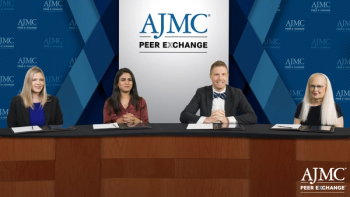
Panelists explore opportunities for biosimilars to manage inflammatory conditions.

FluMist Quadrivalent could become the first self-administered flu vaccine in the United States; the American Society of Reproductive Medicine updates its definition of infertility to be more inclusive; the Environmental Protection Agency moves to ban the use of a cancer-causing chemical .

Experts explore current and future use of biosimilars in dermatology, gastroenterology, and rheumatology.

MARIPOSA demonstrated the combination reduced risk of progression or death by 30% compared with osimertinib. MARIPOSA-2 found amivantamab plus chemotherapy and amivantamab plus chemotherapy and lazertinib also improved progression-free survival (PFS) over chemotherapy after progression on osimertinib.

Datopotamab deruxtecan not only demonstrated a statistically significant improvement over chemotherapy for breast cancer and docetaxel for non–small cell lung cancer (NSCLC), but the intervention therapy had less toxicity.

Psoriasis status from time of diagnosis to initiation of current treatment was less favorable for patients with mild psoriasis compared with moderate psoriasis, according to one study.
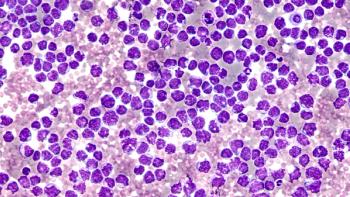
A pooled analysis with nearly 3 years of follow-up showed better outcomes when zanubrutinib was given in the second line vs later lines of therapy in patients with relapsed or refractory (R/R) mantle cell lymphoma (MCL).

The FDA’s decision to allow at-home dosing of intransal foralumab for patients with multiple sclerosis is likely to improve patient compliance to treatment and health outcomes, according to a recent release statement.
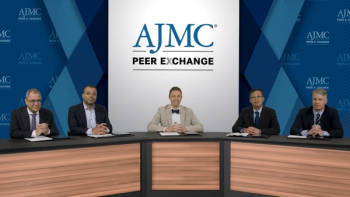
Benefits of clinical pathway implementation in HCC management are examined.

Ryan Haumschild, PharmD, MS, MBA, drives an expert discussion focused on challenges associated with clinical pathway utilization in treating patients with HCC.

Regardless of presence of brain metastases, patients with HER2-mutant (HER2m) non–small cell lung cancer (NSCLC) showed systemic responses to trastuzumab deruxtecan. In addition, the therapy showed intracranial efficacy to reduce the size of brain metastases.

The results of CheckMate 77T showcase the improved event-free survival for patients with resectable non–small cell lung cancer who receive nivolumab in both the neoadjuvant and adjuvant setting and may have practice-changing implications.

Lauren Miller, PA-C, kicked off the inaugural 2023 Inflammatory Disease Summit by discussing the psychosocial impacts related to atopic dermatitis, psoriasis, and hidradenitis suppurativa.

With stringent criteria, randomized controlled trials are the cornerstone of cancer intervention research, but the result is they do not represent the majority of patients, which leads to a gap between the efficacy seen in trials and the effectiveness in the real-world setting.

Researchers noted that adverse pregnancy outcomes are more of an indicator of pre-pregnancy cardiovascular risk rather than a primary cause of postpartum risk.






